— Thinking About Art Thinking
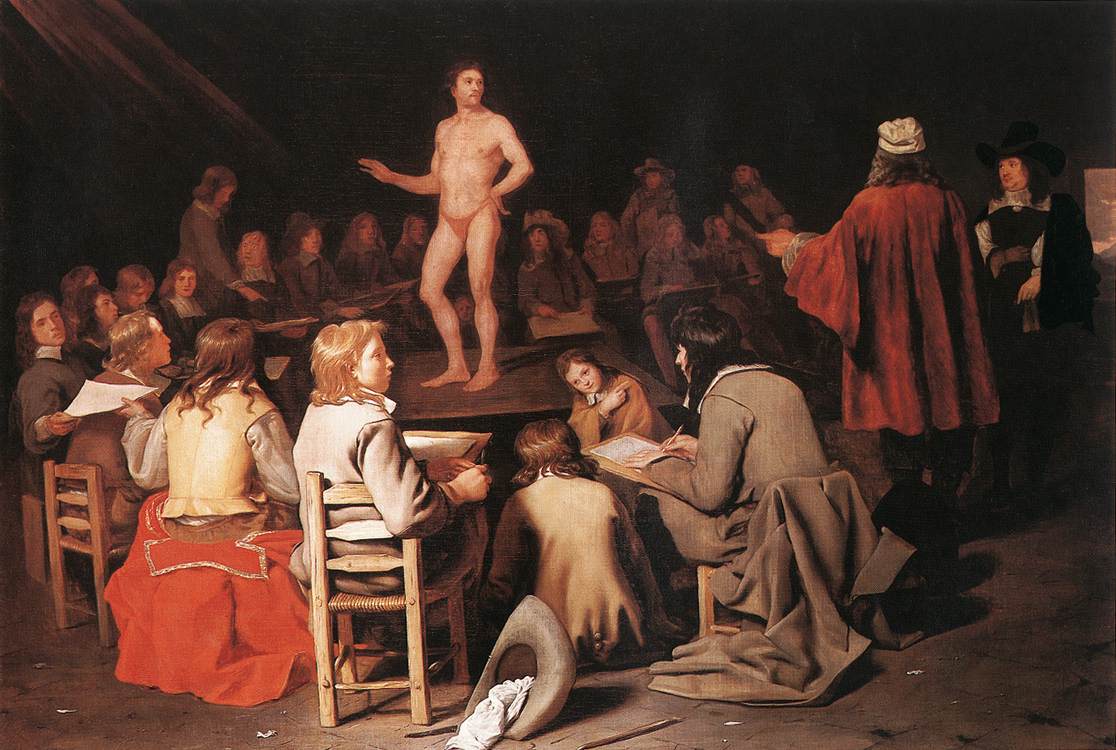
One of the problems we face when talking about art education is that we take the term “work of art” for granted. “Work” refers to labor as much as to an object, while “art” means the discipline in which this is performed, although it is also used as a laudatory adjective. In any case this divides people in two groups: those who make the objects, and those who appreciate them. Those who make them are subject to the criteria of meritocracy and the educational system aims to distill the few that may rise to the top. The art they produce is supposed to attract as great a quantity of appreciative viewers as possible in order to sustain the market by consumption of museum tickets or direct purchase of the art works.
This process may be schematically described as a gallery system that assists with commercializing the “work” part, and museums that aim to extoll the “art” part. In the term “work of art,” the economic value is represented in the word “work.” Museums may hold the works, but not sell them. Meanwhile the “art” part remains essentially free or non-tradable. People may take the art part with them, at least inasmuch as they can carry perception and cognition out the door. This setup makes museums concentrate on selling the act of getting a peek. Mostly financed by philanthropic handouts, they need to prove their importance by having as many peeking visitors as possible.
The conundrum that museums face is reflected in art schools as well. Is the mission of formal art schooling then to prepare feeders into the market or to form researchers in cognition? The answer might be “both.” Curricula don’t seem to reflect any clear position on the subject. Given today’s general erosion of the humanities and the passive openness to “what’s out there,” the cognitive part of the equation is left to the student’s discretion and initiative. Angela Vettese puts this in nice positive wording: “ … art school is a school of doubt: one teaches a subject that cannot be described, since art is both endless challenge and an asymptote.”1 Angela Vettese, “Introduction” in “Art as a Way of Thinking,” in Art as a Thinking Process: Visual Forms of Knowledge Production, Mara Ambrozic & Angela Vettesse, eds., (Berlin: Sternberg Press, 2013), 13.
The above description of shifting responsibilities to the student is admittedly crude and close to a caricature. It is, however, useful in that it helps to illuminate the relatively small space occupied by perception/cognition within the institutional picture. And in its smallness, these processes are only good enough to feed into a closed system and not into society at large.
If art schools operated under an open system focused on improving communal creativity and communication rather than on a specialized market they would not filter admissions with the intention of investing only in the futures of a few. The few are those students who, in fact, will need the least amount of education to make it. They are motivated and ready for autodidactics. In an open system, schools would instead put their energy towards educating those who need it the most; those who seem to be lacking a future. And museums would not be obsessed with the amount of warm bodies passing through their ever-expanding buildings. They would, instead, pay more attention to how many minds may have been warmed during circulation.
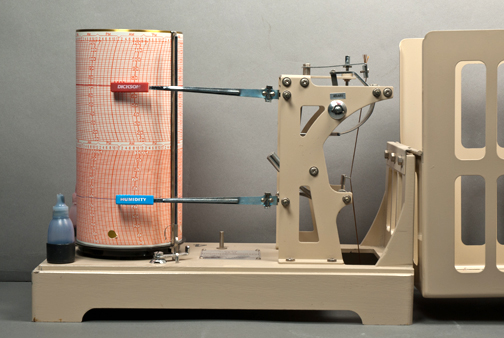
The more important point left, however, is not how to make art schools and museums more relevant, but rather what to do with the perceptual/cognition relationship that makes the art part of the “work of art” term important. This is actually the area that most art schools neglect, at least since the time when Walter Gropius, while director of the Bauhaus, claimed that art is something that cannot be taught. It is the part that, helped along by myth, remains a private and intimate task for which nobody else should take responsibility. True art supposedly takes form in an area that is considered unreachable. It’s located between consciousness and the unconscious and is subject to magical interpretations. Students are therefore left to figure everything out on their own. And yet, this territory is not only present in everybody, but should be developed and honed in everybody. It’s something that should not be reserved for the few we are willing to bet upon and we assume will reach success. Art, it’s true, cannot be taught under the anachronistic and inefficient definition of teaching as transference of information. It is this definition that Gropius probably had in mind, and what he didn’t realize at the time is that nothing can be taught. Rather, like everything else, art can be learned under stimulating conditions that facilitate autodidacticism—the crucial ingredient in any kind of learning—and that should force us to rethink education in general. “Learn how to learn” is still a good phrase, and it is an underlying notion that covers art as well.
For all this I’m a socialist. I believe in a socialism of creation. I’m certainly not against a redistribution of income and consumption to achieve an economically fair society. I do believe that a good society can only function if equalization is achieved through a redistribution of power. And this can only work within an environment of shared and non-competitive creativity. I have radicalized my position regarding this topic over time. I now believe that traditional approaches to the teaching of art appreciation leads students towards refined consumption rather than advancing their critical thinking and creativity. And further, I believe that traditional art schools are essentially craft schools at their most primitive level, and finishing schools when they are at their best.
In examining the tenets of traditional art education, I will first address art appreciation, which has historically been promoted by looking at art—that is, at the packaging of the object (or presentation). Sometimes this is accompanied by an anecdotal history of the piece, and with luck, also an intellectual history. More progressive approaches have dealt with looking through art, and by doing so aim to promote associations in the viewer’s minds with the hope that the exercise improves their performance in other disciplines. Personally I would prefer looking around the work of art to find out what conditions generated its existence. This means trying to identify what question the piece is trying to answer, and to then answer the question myself by any means possible. Thus, a process of problematization places the lay viewers on the same level with the artist. It essentially permits them to embark on the same research, and establishes room for creative dialogue.
On the second topic, of what I termed the crafts and finishing school, I would say that training in crafts evades the institution’s responsibility of dealing with cognition. Coupled with the traditional selection of so-called “talented” students, this confirms my view that what operates here is both an institutional and pedagogical laziness. There is a widespread reluctance to recognize that education should be a social service. I don’t mean this here as something corresponding to Relational Art, but something that literally serves society. Teaching crafts is easy. Teaching how to socially behave and circulate in the art market is easy as well. Cognition, as we already know, is not easy. Social service is not easy either.
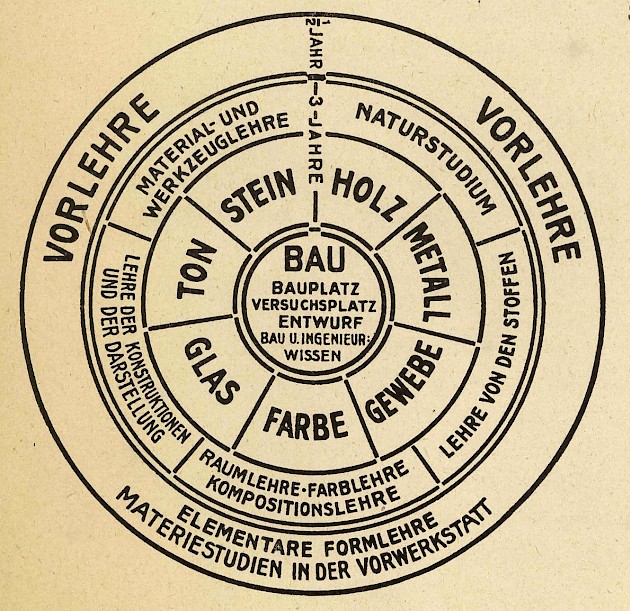
First we have to decide on what constitutes “service.” When in the realms of art: Is it the refinement of taste? Is it the revealing of technical tricks and their relevance in history, and, more importantly, within the narrow margins of the history of art? Or is it where cognition has to be served and needs the development of complex approaches to knowledge—of connecting what is presumed to be non-connectable—so that nothing may die submerged in conventionality and stereotypes? These questions are not limited to the preparation of producers of art. They also extend to the institutions that present the production.
The accepted level of neglect during the course of studies is not all negative in its consequences. One can say that it leaves room for discovery and autodidactic processes; that when coupled with mediocre interactions it might be better that students be left alone. But then, autodidacticism and discovery processes are pretty much the same. We should recognize that these processes work better when nourished rather than when left to happen by default or by miraculous appearances. Forcing the teaching of content in absence of a theory that helps remove wasteful hesitations during autodidactic learning is a form of perverse censorship. Critique sessions try to address this issue, but how much are critiques examined? What do they address? How deeply do they reach into that area between consciousness and the unconscious? Critiques, unfortunately, are mostly part of the finishing school of the manners type.
Art, when taken as an autonomous and isolated discipline, is difficult to define and therefore open to obscurantist interpretations. Recently Saul Ostrow offered some nice thoughts on this. Unexpectedly enough, I found them on Facebook:
As an undertaking [art] involves unstable events, procedures and effects devoid of syntax. Subsequently, these are significantly affected by their ordering—how they come to be organized affects how they are to be interpreted. Art therefore is not an object, but some thing manifested at the intersection of ideation, and its realization. This gives rise to the paradox; what is to be represented defines the form of the thing to be made, which in turn limits what might be expressed. As such the relation of form and content is conflicted.2 Saul Ostrow, Facebook post, January 26, 2015, →.
I wish somebody told me at least that when I was a student. The words above are better than “doubt” and “asymptote” even if I also recognize their truth. Today I would put Ostrow’s statement in the context of “disorienting dilemmas,” those that serve Mezirow’s transformational pedagogy. His statement is also reminiscent of something that Ortega y Gasset wrote about language that later led to the notion of languaging. Alton Becker, referring to Humberto Maturana and Francisco Varela’s theories about autopoiesis, quotes Ortega:
In effect language is never a “fact,” for the simple reason that it is never an “accomplished fact” but is always making and unmaking itself, or, to put it in other terms, it is a permanent creation and a ceaseless destruction.3 José Ortega y Gasset, Man and People (New York: W.W. Norton and Co., 1963), 242, cited by A. L. Becker in “A Short Essay on Languaging,” in Research and Reflexivity, ed. Frederick Steier, (New York: Sage Publications, 1992), 228.
Though it does not deal with deeper problems of ideation, Ostrow’s statement shows one of the reasons why there might be a reluctance to address these issues in a schooling situation. At the same time he is also providing a handle on how to do so by setting the stage for thought without interference. Intersections and conflict seem to be too intangible to quantify and systematize. They escape competency assessment grids needed academically to determine who is “better.” Art, if it should remain effective, cannot be fitted into this form of rationalization, the one that, as defined by Marcuse, furthers dominance. Yet, it’s not pedagogically difficult to create situations in which ideation is fostered, conflict can be understood, and the ungraspable becomes apparent—and, more importantly, where their effects can be administered for communication. In fact, it’s in this zone where real cognition takes place and may become dialogical. Whenever we ignore the ensuing challenge, we reaffirm the dominating idea that art-making is reserved for a chosen few, that art is based on therapeutic self-searching, that anything an artist does is art, that whoever doesn’t understand an art product is a Philistine, and that art is an industry by and for a minute fraction of the world’s population. In fact, this is the exact opposite of a socialism of creation. We are in fact confirming the distribution of power instead of seeking an egalitarian redistribution.
All this makes me prefer to view art not as a means of production but as a form of thinking—art thinking, in fact. It makes me see that a textbook is a monologue that transfers information, and that fiction is dialogical because it demands empathy. It’s a situation similar to “languaging,” inasmuch as it makes art—like language—a particular case: something akin to a slice to be analyzed in computerized tomography. Art thinking is much more than art: it is a meta-discipline that is there to help expand the limits of other forms of thinking. Though it’s something as autonomous as logic might be, and though it can be studied as an enclosed entity, its importance lies in what it does to the rest of the acquisition of knowledge. With a little pomposity I like to say that science is a mere subcategory of art. Science is generally bound by logic, sequencing, and experimentation with repeatable and provable results. Mostly it presumes that there is something knowable out there that can be instrumentalized and represented. It doesn’t matter if it is in what in science is called Mode 1, being propositional, or Mode 2, being interventionist. Art is all of that, plus the opposite. It stays in both modes simultaneously. It creates itself while it allows the play with taxonomies, the making of illegal and subversive connections, the creation of alternative systems of order, the defiance of known systems, and the critical thinking and feeling of everything. More than any other means of speculation it allows us to travel back and forth seamlessly from our subjective reality to consensus and possible but unreachable wholeness. It allows a mix of the megalomaniacal delirium of unbound imagination with the humbleness of individual irrelevance. In a different context Deleuze and Guattari define the humbleness with: “When something occurs, the self that awaited it is already dead, or the one that would await it has not yet arrived.”4 Gilles Deleuze, Felix Guattari, A Thousand Plateaus (London: Continuum, 2004), 219. I would think that the ability to deal with this indeterminacy is more important than training people to properly fit into assigned functions within the social machine. It’s from this point of view that I’m somewhat skeptical of art schools. I would prefer if art thinking informed everything we learn and everything we do, in all the educational settings we have to stumble through during our lives.

What we have now in institutionalized art education is a small group of artisans intended to serve a bigger group of onlookers. If we were to translate the art situation to literacy, it’s like training a small group of calligraphers in the hope that they will have some ideas that merit a Nobel Prize in literature. It’s then also expected that the rest of society will understand what they are doing. When dealing with literacy directly, however, we expect that everybody (not just the calligraphers) will know how to read and write. Even if they don’t know how to correctly spell Nobel.
What is at heart here is really how we process information. We are surrounded by a technology based on algorithms, conceptualization, pattern recognition, “fuzzy thinking,” and the absorption of errors as an integral part of systems. Technology surpassed quantity to move within the realms of quality. Meanwhile our pedagogical systems are still operating within the realist aesthetics of the nineteenth century based on arithmetic numeracy and rational accumulations. The infinite dots that compose visual reality were then transferred one by one to a canvas. Letters today add up to words and words to sentences.
In conventional everyday life we still try to reach infinity by counting 1, 2, 3, and onward, and our respect for virtuosity is based either on endless internalized labor and mastery—like that utilized in touch-typing—or upon infinite masochist endurance. Quantity here defines quality, but we remain standing on a quantitative platform.
Conventional wisdom expects that the more information we can process within this approach, and the more we know, the wiser we will be. We train to acquire ability and erudition to then aim to out-perform in an imaginary Olympics. In art, the conventional phrase used to express an inability to make art is still skill-based and is expressed with the phrase “I can’t even draw a straight line.” Rulers are dismissed as complex and inaccessible contraptions. All this signals either the profound failure of general pedagogy, or its success in training for an interpretation of accountability that is alien to mature, creative individuals. In other words, it is anti-social and, in terms of creation, anti-socialist.
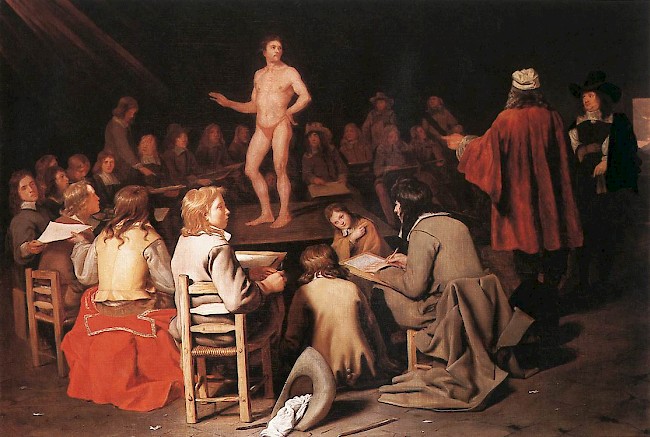
Some years ago on Yahoo Answers somebody named Paula did actually ask for help because she couldn’t draw a straight line. She believed that drawing is strictly a skill to render and nothing more than that. After her public complaint about her disability, Paula then tried to redeem herself and added: “I can be creative because I do write and I can crochet” and later also: “The best thing I ever drew was a raccoon.”
Apparently there were many answers. Xandra#15’s advice, the one voted “best” by other users, appeared on the top of the web page. Xandra#15 tried to help while appearing reassuring by sharing Paula’s handicap. She wrote: “I can't draw a straight line either. But I've gotten the art award at my high school for two years in a row, and the thing I'm best at is drawing realistic things.” In reading this we already learn that straight lines are not real things. Xandra continued and recommended: “You just have to learn how to draw what's in front of you before you can draw what is in your head.” In a narrow and well-intended way, Xandra thought she was describing academic drawing. In fact, however, she was referring to the processing of information. And here her limitation was in separating inside-the-head information from outside-the-head information, and believing that this is all the information there is. She assumed that these two types of information are totally different and therefore avoided not only serious philosophical issues, but also the possibility of any meaningful communication. More then referring to drawing or to any artistic ability beyond drawing, one big difficulty she encountered was in taking things out of her head. She believes that trainable skills are more important than cognition.
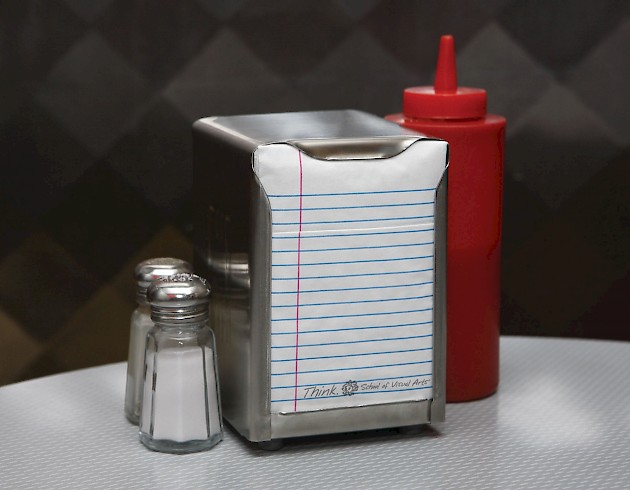
Both Paula and Xandra#15 are examples of people encountering obstacles that keep them away from art. Paula is trying to enter the art world not knowing that the whole problem is not how to restate what is visible, but how to imagine and grasp what is invisible, which makes the world of information much more complex. Xandra#15, on the other hand, does not realize that for the moment she is only advocating a form of trivial and empty calligraphy alien to any pursuit of knowledge. Yes, in her case it is about processing information but, ironically, she leaves the information part out of it. By doing this, any possibility of critical thinking or of establishing connections is also eliminated. Paula and Xandra#15, whoever they may be in real life, are typical examples of the students we encounter in high school. Raccoons and crochet will not get them into art schools; neither will the ability to draw straight lines.
These are, however, the people who need us the most and that we should reach wherever they are. It’s not really because without us they won’t be able to go in or out of art school, or will be able to produce art. It goes deeper. No matter how well some day they might render faithfully what they see, the danger is that their minds may not be able to differentiate between prepackaged, indoctrinating conventions and their own potentially challenging thoughts. They may not even realize that challenging thoughts exist. Not only will they never art-think, but they also may end up voting Republican.
×


